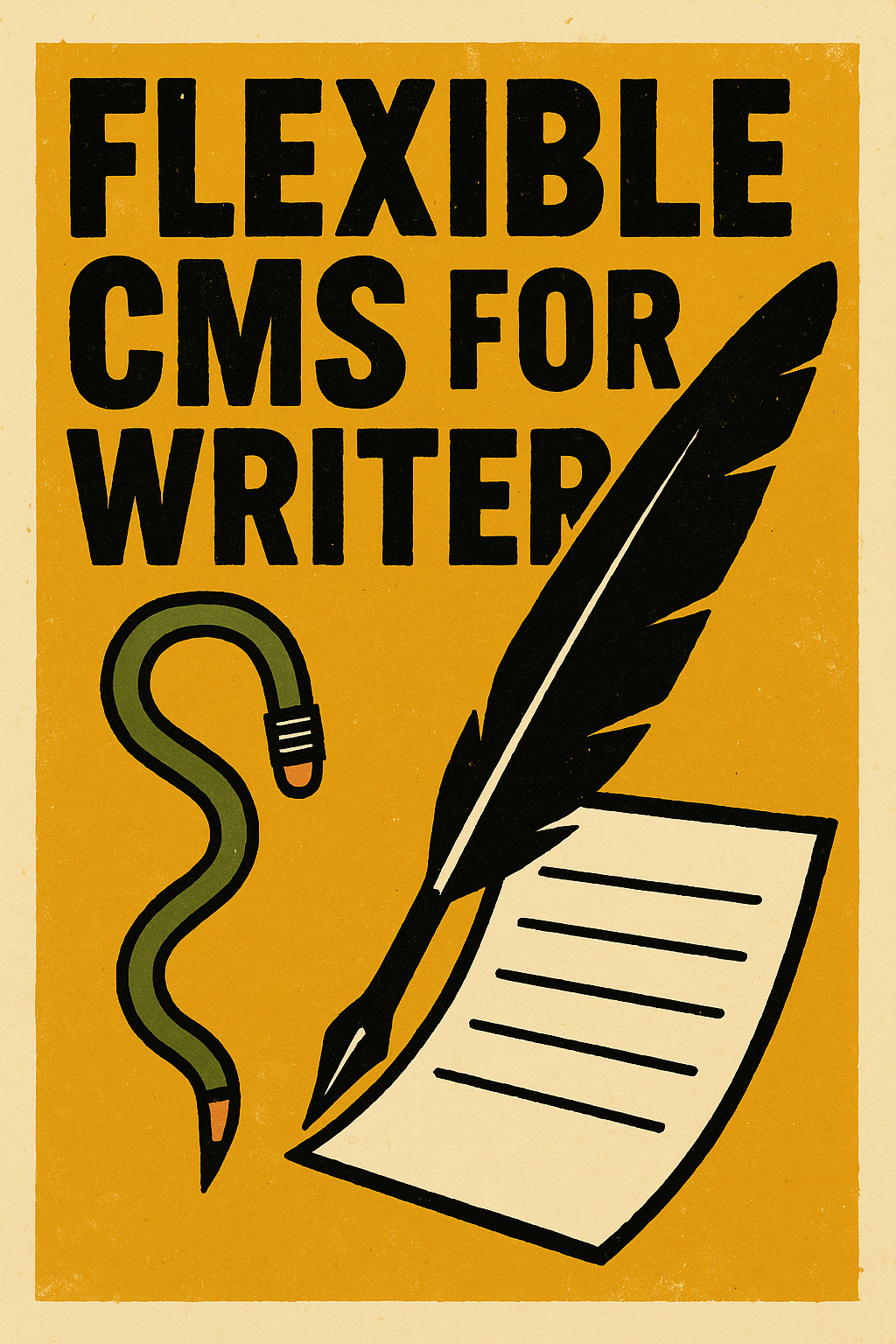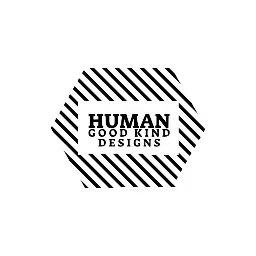Humangoodking Blog

✍️ Future-Proofing a Literary Nonprofit’s Class Registration System
How a Nashville nonprofit future-proofed their class registration system with a flexible CMS structure that supports both new links and legacy tools.
July 22, 2025
As a digital developer, one of my goals is to build systems that grow with your organization—not against it. That’s exactly what I had in mind when working with a literary nonprofit in Nashville who recently needed help transitioning away from their legacy payment provider.
Their team runs a vibrant schedule of writing classes and workshops. But behind the scenes, managing class registration had become unnecessarily rigid. Their CMS was set up to support only one provider: Flipcause. And while they weren’t ready to fully drop it, they were starting to experiment with new registration tools. The problem? The site wasn’t designed for that kind of flexibility.
🚧 The Problem
The Classes CMS was locked into one structure. Every class relied on a single Flipcause embed shortcode. That worked fine—until it didn’t. As they began testing alternative platforms that offered simpler links or better user experience, they had no way to introduce those options without overhauling the codebase.
They needed a solution that would:
- Support either a direct registration link or the existing Flipcause embed code
- Prioritize the new link if available
- Keep the fallback in place during the transition
- Be intuitive enough for their content team to manage without dev help
⚡ Want to future-proof your own CMS or registration system? Let’s talk. I specialize in building flexible systems for nonprofits, educators, and growing orgs.
🧠 The Solution
I enhanced their CMS and front-end logic to add just enough flexibility—without overcomplicating things.
Here’s what changed:
✅ CMS Updates
- Added a new field for Direct Class Link
- Retained the existing Flipcause Embed Code field
- Wrote clear logic: if both fields are filled, the direct link takes priority
⚙️ Front-End Logic
js
CopyEdit
function handleClick() {
if (directLinkToClass && directLinkToClass !== "") {
window.open(directLinkToClass, "_blank");
} else if (typeof open_window === "function") {
open_window(flipcauseCampaignCode, 'www.flipcause.com');
} else {
window.open("https://www.flipcause.com", "_blank");
}
}
This small but meaningful shift ensures that every REGISTER button now adapts to the CMS content:
- Use the direct link if it’s available
- Fall back to the Flipcause modal if not
- Avoid any errors or confusing user experiences if both are missing
🧪 Testing for Reliability
I documented a full QA process, covering four key scenarios:
- Direct Link Only → opens in a new tab
- Both Fields Filled → uses the direct link
- Flipcause Only → opens the Flipcause modal
- Neither Field → fails silently or opens a safe fallback (no console errors)
This ensures the system is resilient—even if something’s misconfigured.
🌱 Real-World Benefits
For this Nashville nonprofit, the enhancement offers more than convenience—it offers strategic freedom.
- They can phase out Flipcause on their timeline
- New class providers can be tested without a dev cycle
- CMS editors have a clear, reliable workflow
- And future developers won’t be stuck reverse-engineering rigid decisions
🔄 A Small Shift with Long-Term Value
Future-proofing isn’t always about big rebuilds. Sometimes, it’s a matter of making space for change. In this case, it meant adding a fallback and a simple prioritization rule—just enough to create flexibility where there was none.
If you’re managing events, classes, or programs and feel boxed in by your platform, I’d love to help you create a more modular, scalable setup.
👉 Let’s talk — about building systems that adapt as you grow.










